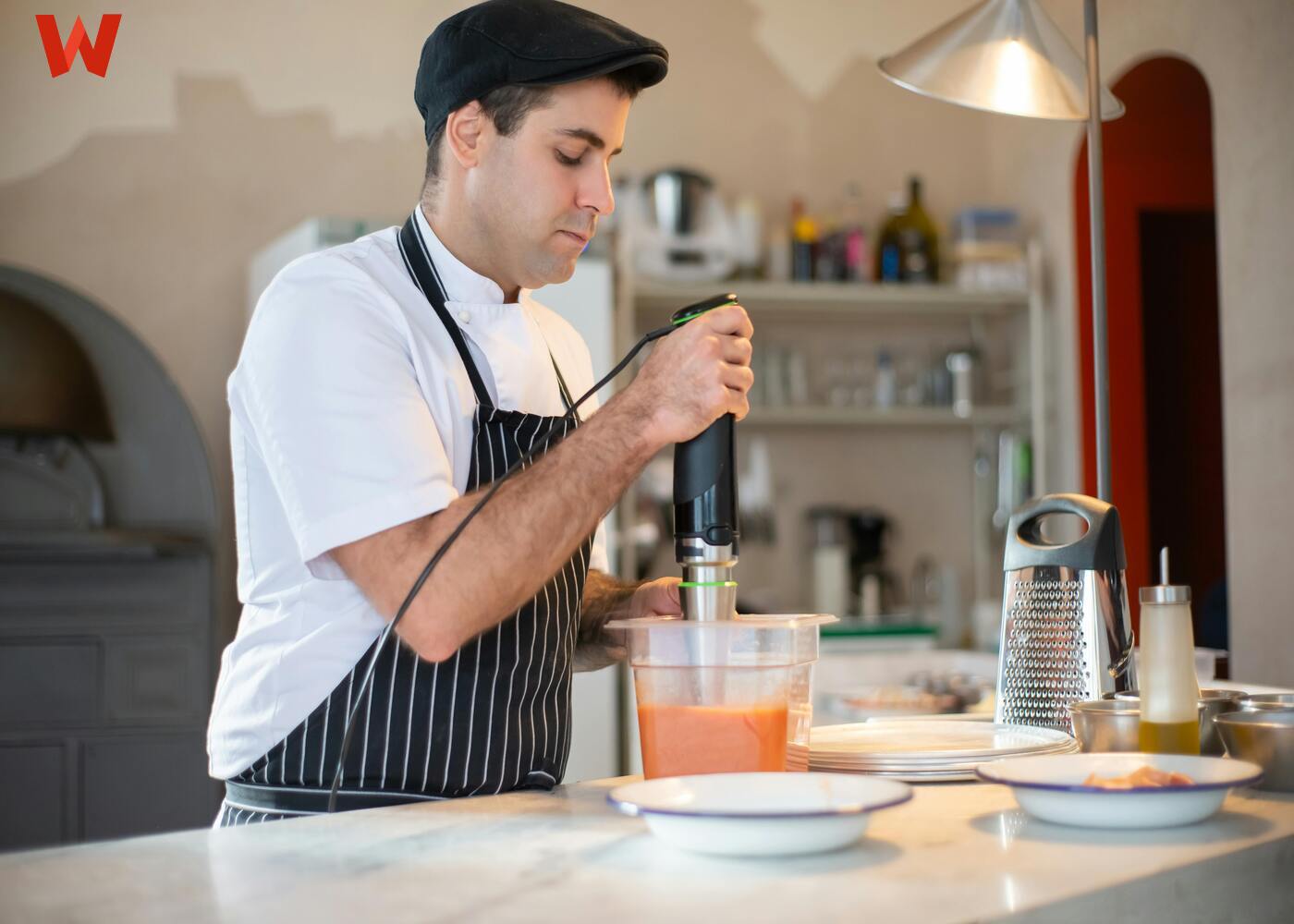
The India coronavirus travail is one that has revealed how small a village the global community is. The depth of interconnectivity that exists between all parts of the world makes it impossible and unwise to assume the attitude that because something is happening several hundred or even thousands of kilometres away from it; it should therefore not be a concern to us.
The Covid-19 infection must be an eye-opener to the global community that the action (or inaction) of one country or nation can have dire consequences on some other nation in some far-flung part of the world. Even with the stringent travel restrictions put in place by most countries in the wake of the pandemic onslaught, along with multiple tests of travelers and quarantine; the virus seems to continue to find some loopholes in countries’ efforts to curb it.
The worry now is, for a country like India, it isn’t just a case of dealing with waves after waves of the pandemic with attendant loss of lives; it is the fact that while trying to curtail the soaring number of Covid-19 cases; the whole world is put on edge as new variants of the pandemic are springing up here and there around the world. With a population of over 1.4 billion people and a vaccination rate that is grossly inadequate; it is difficult not to worry about what level of devastation a new variant of the virus could do not just in terms of its cost in Indian lives as well as to the already strained Indian economy; but also the possibility of further spread to the rest of the world.
So, how is Indian dealing with the consuming challenges of the coronavirus pandemic?
The heartbreaking scenes of Indians dying without receiving treatment that has been seen most outside hospitals show the devastating reality of India's healthcare infrastructure.
So far, the vaccination process has seen only about 26 million people fully vaccinated out of a population of 1.4 billion, with only about 124 million have received a single dose revealing the inadequacies of the government, although India has millions of more doses on order, it still appears to be far short of what it actually needs.
The statistics of what is needed to get India safely above the safety line of the pandemic may inspire more fear than hope in a country where tradition and beliefs, coupled with the government’s inadequacies, have left behind a tale of sorrow and tears.
With a population of over 440 million people aged 45 and above needing about 615 million doses to be fully vaccinated, and 622 million of ages 18 to 44 requiring 1.2 billion doses to vaccinate them; India has a long way to go before the rest of the world can breathe a sigh of relief.
As a result, the government has enlisted other firms like Biological E and the state-run Haffkine Institute to supply the country with locally produced vaccines, while also advancing credit support of $609m to the Serum Institute of India, which produces the Oxford-AstraZeneca jab that is being produced in India as Covishield, to spike up production.
Earlier in the year, the government of India had ordered about 356 million doses of the two vaccines to push the vaccination rates until the end of July. However, not that entire figure has been delivered yet putting pressure on the infection hospitalization rate on the country’s already overwhelmed health facilities.
However, the government is projecting to have in supply over 2 billion doses of vaccine available between August and the end of 2021 to vaccinate all adult population in the country. To achieve this, the Indian government attempted to boost the vaccine production by promising the two largest vaccine producers in the country, Serum Institute of Indian (SII), producers of Covishield under licence from AstraZeneca $400m; and Bharat Biotech, producers of the locally developed Covaxin, $210m respectively.
But there are challenges to surmount as India's vaccine production was hit by raw material shortages US Defense Production Act (DPA) was invoked by President Biden earlier this year, giving US vaccine makers priority access. However, the US government has agreed to provide "specific raw materials” to India for the production of Covishield vaccines as the country was hit by a further Covid wave.
However, the Serum Institute of India says it still faces shortages of supplies it needs from the United States.
So, where does India go from here or to whom do they turn? The Indian situation, as is every other nation still grappling with the challenges posed by the pandemic, is not one that the rest of the world can shrug off.
We make every effort to provide you with both relevant and high-quality content. The Watchtower, an award-winning web design and development firm based in London and Dubai, can provide more information on the Indian Pandemic's travails. On the website, you'll also find aspiring content about movies, cinemas, lifestyle, content, company marketing, and production.




















Comments (0)
Write a Comment